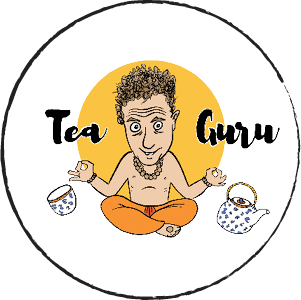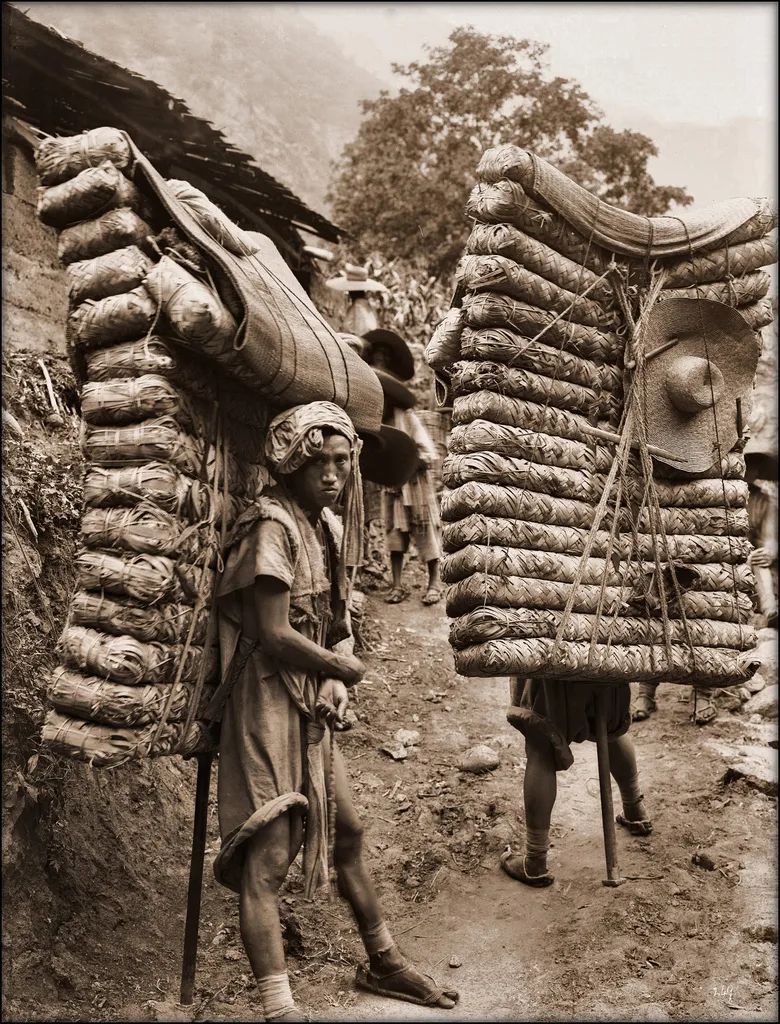
Ancient Roots:
Raw Pu Erh tea (AKA Sheng), make no mistake, this is an ancient tea, in fact the cultivars from Yunnan were the 1st to have been cultivated in the world. There was until fairly recently a tussle between India and China as to which country was the birthplace of tea cultivation. It’s now confirmed that Fenqing in Lincang County Yunnan was the location of the oldest known tea farm on earth. Some 3200 years ago in Fenqing the native people were harvesting Camellia Sinensis puerh tea, perhaps for medicinal, mystical and probably for recreational use.
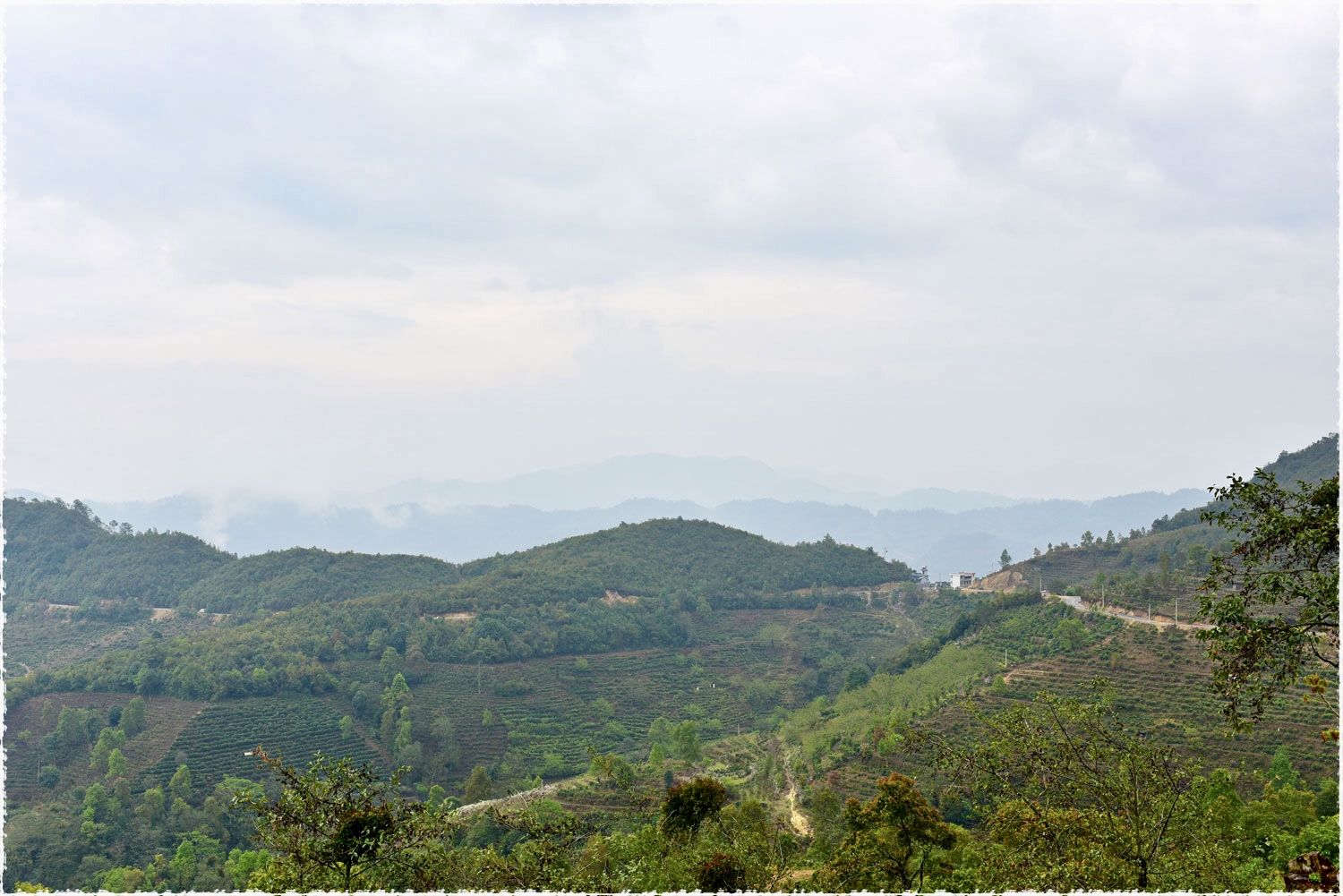
Can you imagine the insane quality and crazy chi of the wild ancient arbor tea trees that had never been picked back then?? Can you also imagine the terrible merky processing it went through 🤣.

Later Down The Track:
Traders started traversing China on horseback sharing Yunnan’s puerh tea with other regions. In the era of the Tang Dynasty (618 to 907 CE), teas originating from Xishuangbanna in the southern region of Yunnan found their way northward through the Yunnan province and subsequently traversed Sichuan destined for Tibet in what’s called ‘The Tea Horse Road’.
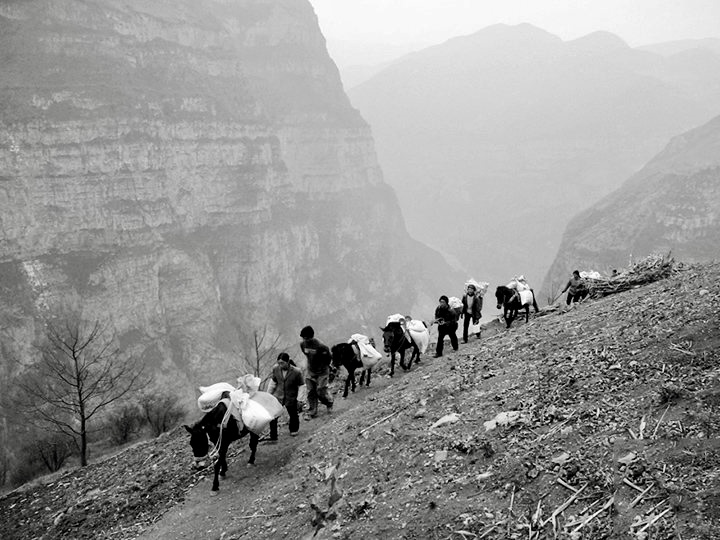
The Tibetans were unable to grow tea themselves and relied on China’s supply. Tibetan ponies were bartered for tea as payment. Later on knowledge of tea cultivation spread far and wide as more trade routes opened giving way to all manner of tea genres with differing processing techniques in China and beyond.. In order for the tea to be easily transported efficiently puerh tea was compressed into disc form (Bings or cakes), bricks or large pillars. Interestingly the light processing of puerh tea meant that much of it’s natural bacteria and fungus remained alive on the tea and so with the extended exposure to moisture from rain and sweat during transportation and the long periods on the road unintentionally triggered a natural post-fermentation process. This microbial development not only enhanced the tea’s flavor but also contributed to reported health benefits. Soon people figured out that this tea tasted better the longer it was hanging around, how cool is that?
Royal-Tea:
With the partial unification of china’s territories it was customary for each region to bring tribute to the royal court every year. 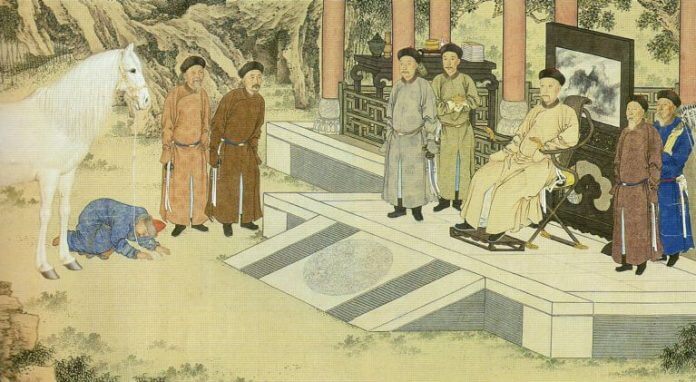
Yunnan of course sent some of their best Sheng Cha! Now Yunnan was finally recognised for its unique tea leafs. Soon after this tea tribute was coming from many other regions of China and China long love affair with tea was born.
The Great Leap Backwards:
Moa Zedong’s cultural reform (1966-1976) saw the annihilation of all that was before to make way for a bright and brilliant future.
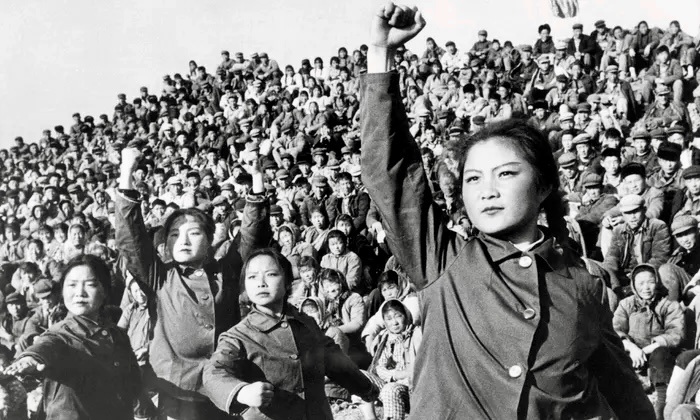
Tea was seen as a symbol of luxury and its cultivation was heavily restricted. Even many old legacy ancient arbor tea trees were not spared during this time. Many tea gardens were lost to time and taken by its surroundings or the land changed to make way for other crops. Many tea factories shut but a handful of the larger ones remained and were given inspirational numerical names like 1,2 or 3! You can still see the hangover of this today with the Dayi ‘Menghai Tea Factory’ cakes recipes. An example if we brake down the recipe number: 7542 cake. 75 was the year the recipe was created, 4 is the average leaf grade and 2 was the factory of origin.
Revival:
Many of these forgotten tea gardens were given a new lease of life in the 80’s and 90’s when China’s economy got back into full swing and tea was very much on the menu once again. Market forces drove tea commodity prices upwards with the rejuvenated interest in general tea culture, gong fu tea practice and connoisseur tea as it was slowly becoming rediscovered by a new audience. The ‘Famous Tea Mountains’ were the first to garner attention and satellite regions swiftly followed. Yunnan’s traditional inhabitants got to work reinstating abandoned tea gardens. Processing techniques in some regions however were a little lost to the wind after such a hiatus. During the Cultural Reform puerh tea culture never dissipated in Hong Kong and Taiwan. During the 90’s and 00’s Taiwanese sheng aficionados who knew the brilliance of the regions material but were unhappy with the sorry state of processing on these newer cakes travelled to various areas in Yunnan to teach the locals how to process their tea properly again.
Ripe Puerh Tea Was Born:
In the early 1980’s the Dayi tea factory wanted to create a product that resembled an aged raw puerh tea. They needed a high volume product that could be made and rolled out to the masses easily and cheaply. They took raw puerh tea and put it through a ‘wet piling’ procedure that accelerated the fermentation process.
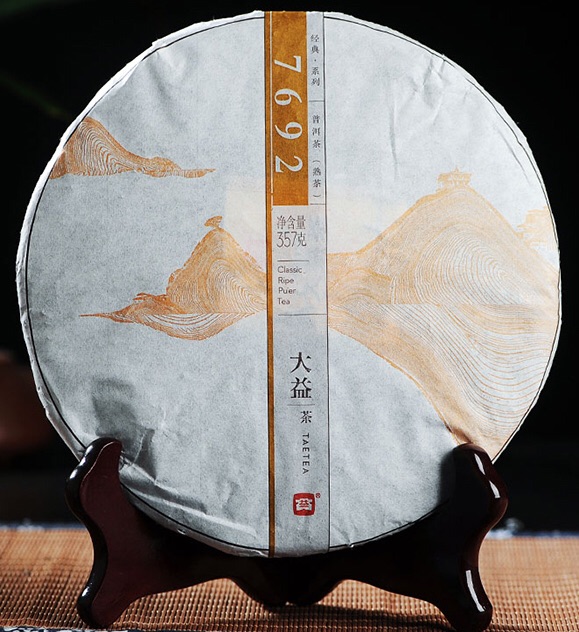
What would normally take 30+ years with a sheng now took only a few weeks and Shou puerh (Ripe Pu’er) was born. This fully fermented variant missed the subtleties of a truly aged sheng but a new and interesting tea genre was born. Dayi still hold the benchmark for Ripe Puerh tea production standards to this day!
Today:
Since the early 2000’s we’ve seen a steady rise in prices due to the hot Chinese market and puerh’s now international drinkers. Dayi have their own stock market with speculators rushing to invest in the newest trend of recipe. Until recently I’ve witnessed an average 20% year on year uplift across new material. The more famous areas being especially effected with their finite harvests and adverse weather conditions cause sometimes minimal yields. And here we are today. Post coof in 2023 the world economy has stalled and china’s growth deeply crippled as a result, it seems prices have stalled too for now. What’s the future for puerh tea?
